I started with the Moloka'i sugar plantation museum. In 1850 a 24 year old German called Rudolph Meyer stopped at Moloka'i and decided to stay. He was an educated man and a civil engineer. He became the surveyor for the island (worked mainly for the king) and he became the lawyer for the royal family.
Whilst on the island he met a princess and married her. They had 11 children, 10 of whom survived to adulthood. Rudolph, being an engineer, set up a sugar mill which he worked with his family. After 10 years they switched to coffee, due to two reasons:
1 A drought on the island
2. There was competition. He was making sweetened butter and getting it same-day paddled to Honolulu (a mere 63 miles one way). Others closer to Honolulu were making the same for less.
One of the most beautiful things about Hawaii is the people. They are - honestly - so friendly. The museum staff, Monique and colleague (retired teacher) Flame were no different. Happy to talk and interested in the political and social considerations of those beyond the states, we had a fascinating chat.
After looking at the exhibits, visiting the very reasonably priced gift shop and watching the videos, I went up to see the restored (in the 1970s and 1980s) sugar mill.
Whilst at the museum, I also learnt about the leper colony, situated on an isolated peninsula in the north of Moloka'i, below unscalable cliffs. Back in the 19th and early 20th century leprosy (Hansen's Disease) was uncurable. The only way to reduce the impact was to banish the afflicted. For life. All the people with Hansen's/Leprosy in Hawaii were sent to this peninsula (it's about 4km square, so sizeable).
More about that later. I went off to visit the lookout, from where you can see the peninsula.
As I headed further East the weather became more tropical. It started to rain and at some points were quite torrential.
I arrived at the lookout point in the downpour, with cloud and mist around.
Due to the lack of visability, I decided to trot off on a short 'hike' (read walk), to the Phallic Rock.
And to see the petroglyphs.
The rock had a long and mystical history. Which pretty much rubbed off on the surrounding area..even the trees were in on the phallic joke...
The mist cleared (it was still raining) and I went to the lookout. Passing the list of things you can't do here 👀
No nudity round the phallic rock folks.
All very interesting.
So then I popped into town (main shopping hub) probably has 20 shops, 5 cafes, 4 restaurants, 2 garages, 2 schools, 1 post office and A WHOLE ROAD of churches.
So I passed
The Seven Day Adventists
The Baptists
The Catholics
The Church of Moloka'i
The Jehovahs
The Nazrenes
The Mormons
And went to the post office. Sent Nanna Pat a post card...
Admired the painted buildings.
And walked to somewhere recommended by the ladies at the museum: The Moloka'i Project.
Where I met Mike Mcvey.
The Moloka'i Project is another way locals have of sharing history. They have some selected artefacts, but the best bit about this place is the people who managed it.
Today it was Mike, who was happy to chat...as you know am I.
Mike moved here in the early 70s. He started running disco events and met his (now wife) while doing that. They moved to a place on the far side of the island where his wife's family had land. The land is titled (in Hawaiian) The King's Field (or, more accurately, Taro plot - taro is a vegetable). When Mike and his wife moved there they had no house and lived in a tent, then replaced it with a bamboo hut, then a house, then a bigger house. They had two children in the tropical part.
(An aside, someone just brought me a piece of their birthday cake. Yay. People are just lovely here.).
Anyway, I could have listened to Mike for ages. He told me stories of his younger self, stories from Hawaiian culture, stories from Moloka'i. I said, 'Youre such a good story teller, Mike.' He replied, 'I could all you to sleep, that's how we used to manage our children's bedtimes.'
Hilarious.
Mike was brilliant. He told me the story of Father Damien. A young catholic priest from Belgium.
Bear with...it's a long one. Are you sitting comfortably?
Then I'll begin.
Father Damien was the youngest of 7 boys. He grew up on a farm in Belgium. His father prayed that his boys would do the work of god. A few of them left for missionary work of the priesthood. As the youngest Damien did not. He tended the farm. One of his brothers was coming to Hawaii as a priest. He had been ordained, but before leaving he got sick and decided not to go. Damien had a pray on it and decided he wanted to go in his brother's stead.
He approached the local priest, who said no.
He went to the regional director (I don't know how catholic priest hierarchy works), possibly a cardinal? He said no.
He went to the Bishop of Belgium. He said no.
So he asked the Pope.
Course Pope says yes.
Off Damien goes (not ordained). Either before, during or after he left Belgium, he did a crash course in being a priest and was ordained quick smart.
He arrived in Hawaii and came to Moloka'i. He was greeted by Rudolph Meyer (a Lutherian) and he settled down helping the people and being a preacher man.
All the religious groups on the island at this time were protestants and it was illegal to be catholic. Not that Damien was bothered.
Anyhoo, so he's rolling round the island ministering to people and he's getting to know the families. One family had two little girls and one day a neighbour smelt (because apparently you could) that the house had the smell of leprosy coming from it. People used to hide their loved ones, so they wouldn't get sent away. These little girls were discovered as being infected and removed to be sent to the colony. (Apparently, there was a financial rewards for dobbin' others in so, as you can guess there was a lot of dobbing). The family was in despair and - when Damien started asking why - he discovered that the colony was a lawless place, filled with wickedness and paedophiles.
Okay, aside number two: during most of Mike's story, I was wondering why a farming lad from Belgium would trek across the world and go to work on a leper colony with children and vulnerable people. Call me cynical, but part of my job is to undertake training on the awful things people do. Spoiler alert (sorry): people are rarely noble without a motive.
Back to the story..Damien's driver was to make catholicism legal and to build catholicism in Hawaii. Therein was the glory. I can live with that as his quest.
Sooooo, he went to the next annual religious meeting and said to the other religious people from across the Hawaiian islands that he thought someone should volunteer to go to the colony and help people. Fair play. So they agreed and said there should be a rotation of priests and vicars. Damien volunteered to go first.
Damien took with him a few belongings, some medical supplies and a large staff. Now (and this is where Mike's personality comes out). He said, 'They said that the staff was like the shepherd, to herd the people. Personally, I think it was a weapon against all the miscreants. Damien would have been used to dealing with bullocks on the farm and he wouldn't have been afraid to give anyone a whack with it, if needed.'
I enjoyed that visual.
So, he goes the the island and lays the law down. He ministers to the people and he makes sure the baddies behave or leave. After his year is up he refuses to leave and ends up staying in the island and contracting leprosy himself, which eventually killed him.
There was also a famous Nun who was there too and they have both been canonised since.
The Mike told me how he'd make charcoal for 11 years. There was a photo of him in the 70s in a local book.
And he explained about Hawaii's involvement in the opium trade (use of really), and the bottles which had been found on the island - square to be packed closely together and maximise space without breaking.
It was a fascinating day. I very much enjoyed it.
It was still only early pm, so I headed back for a swim in the pool.


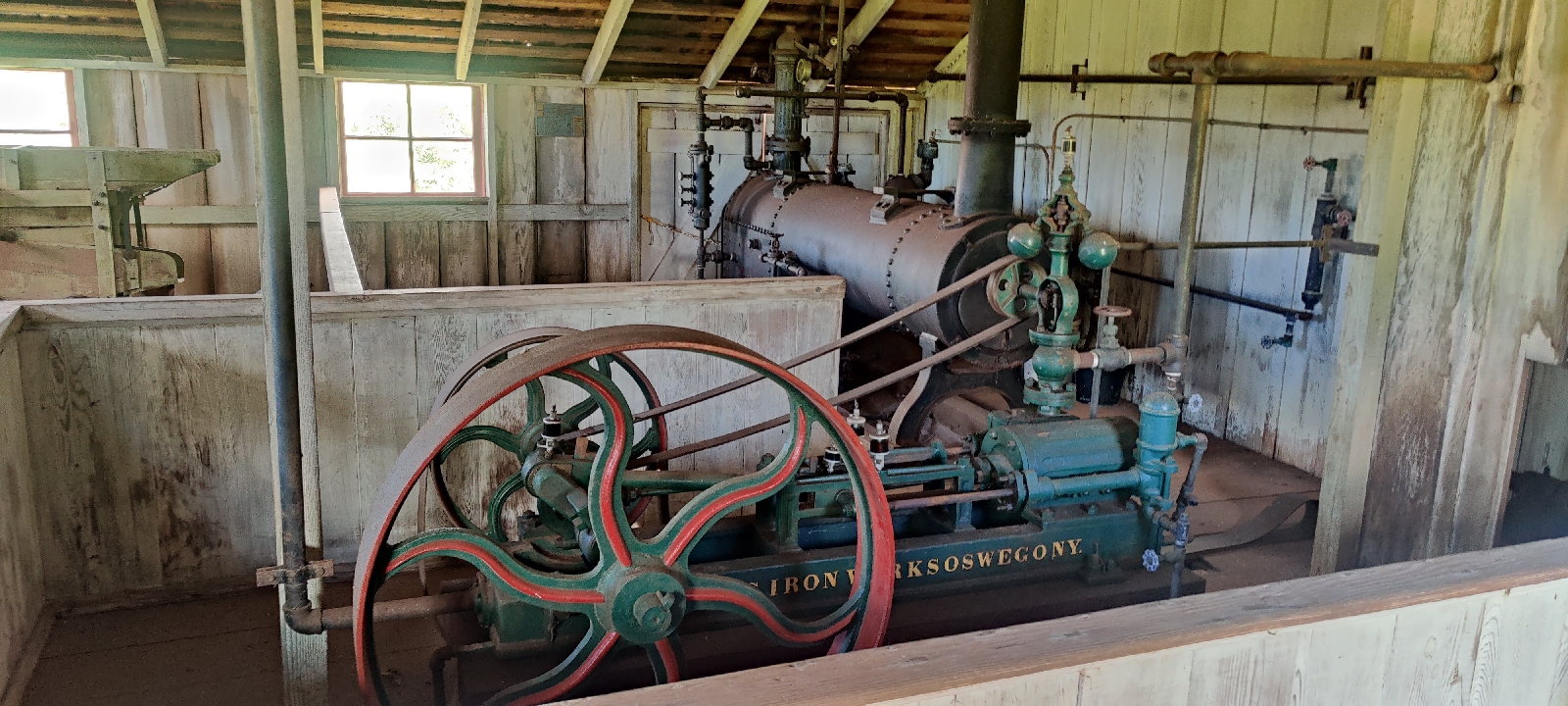

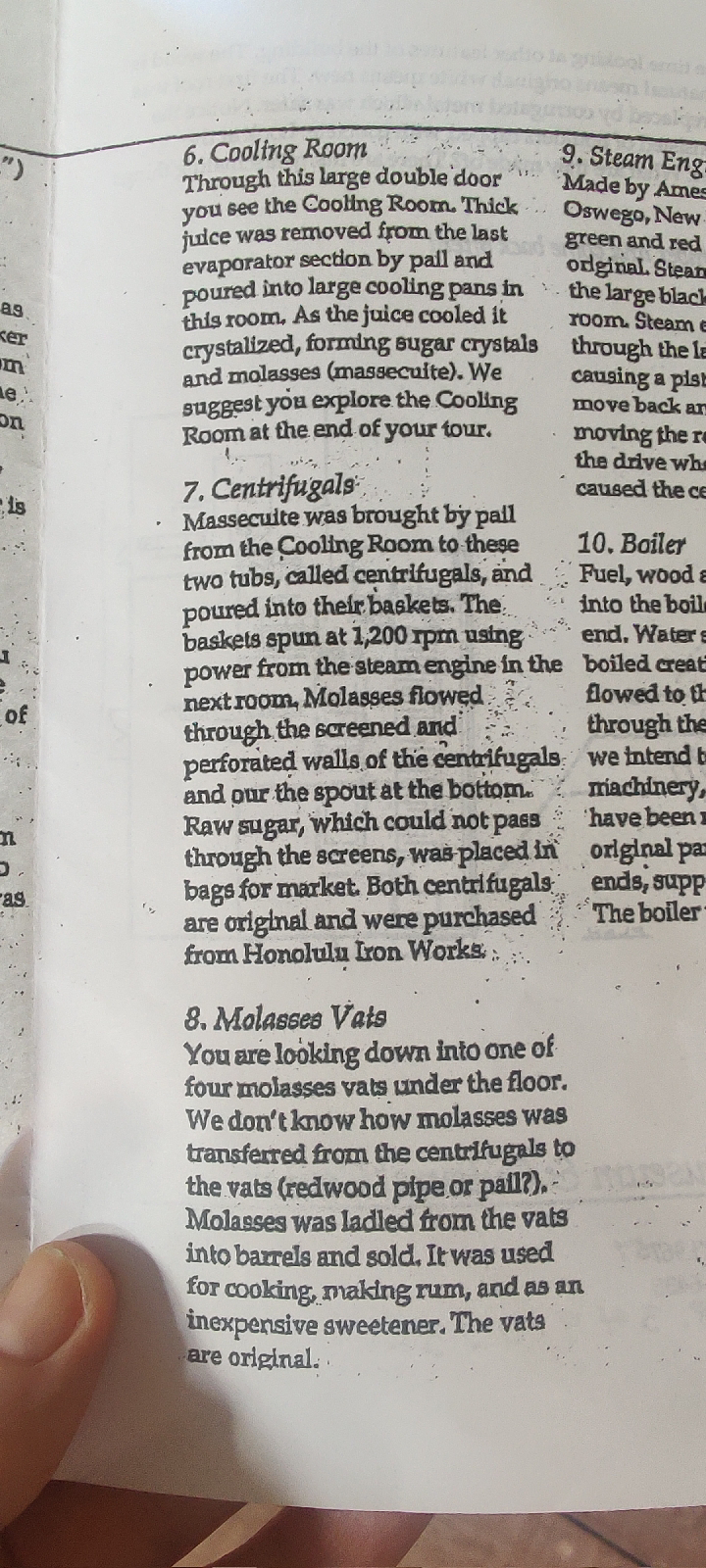


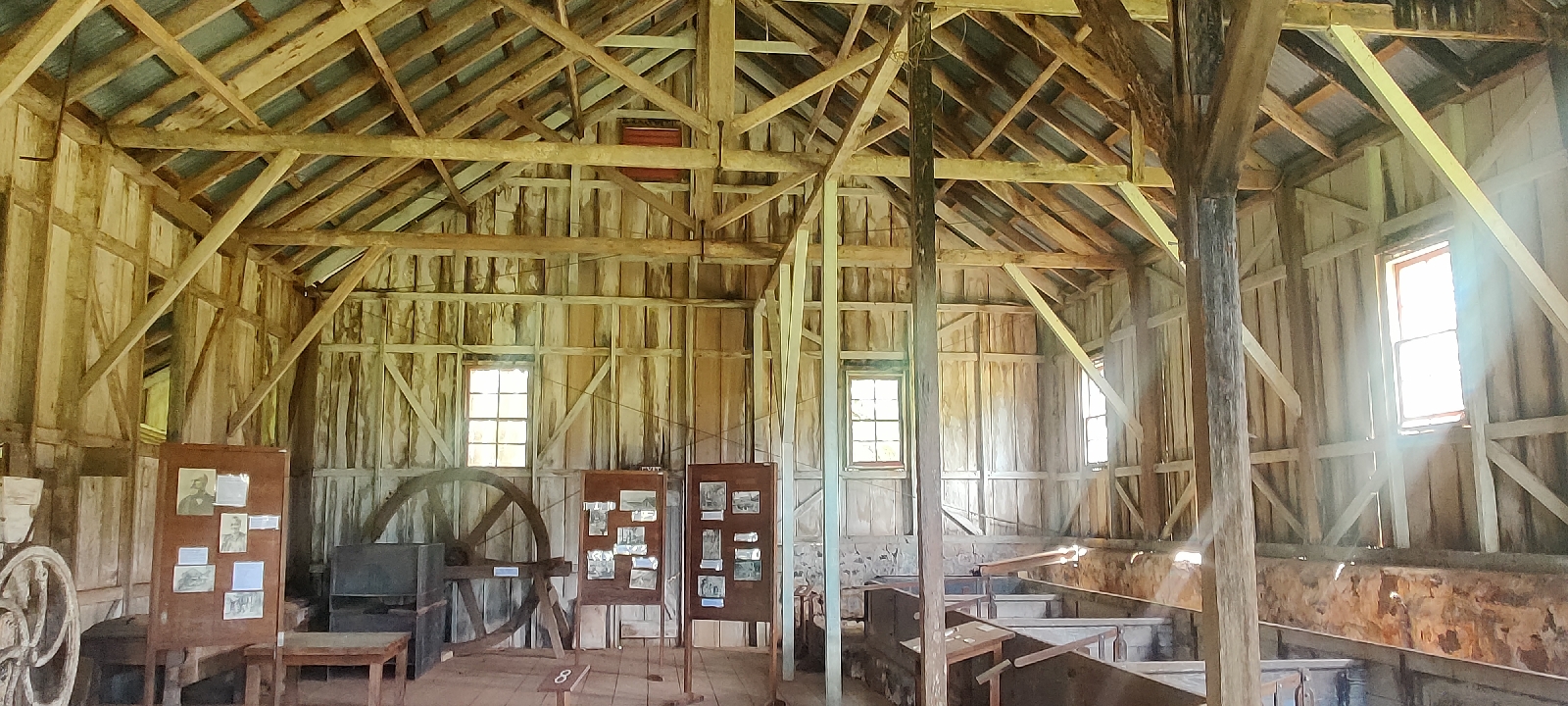


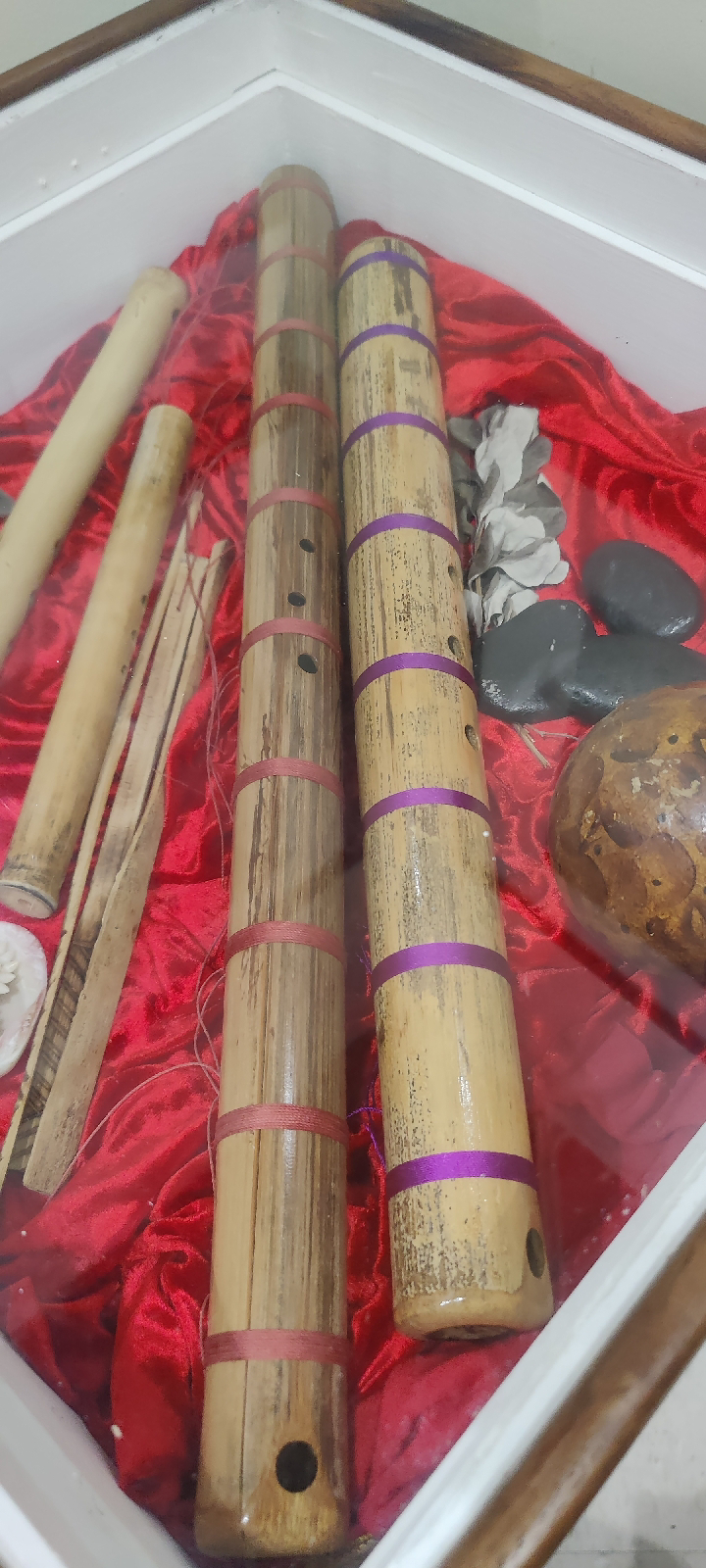
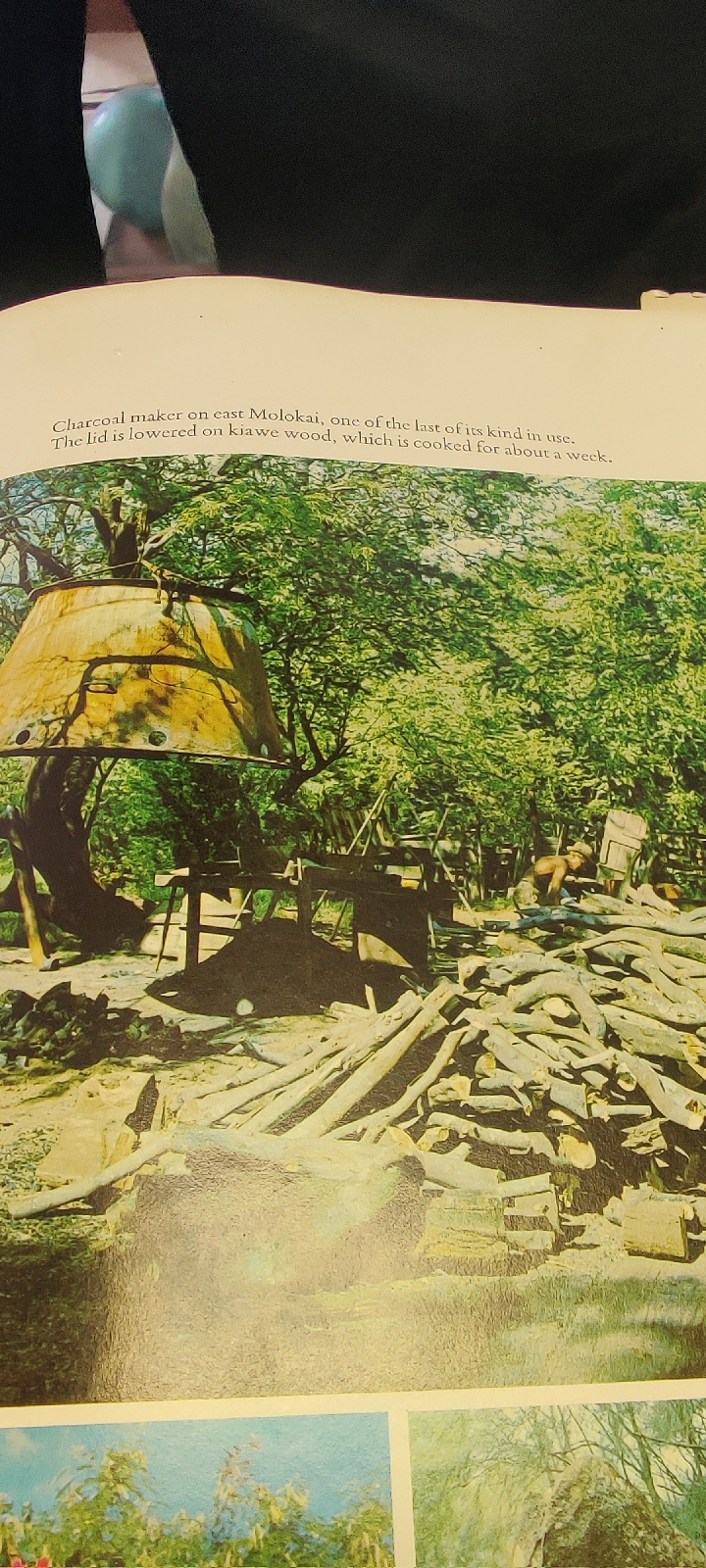

No comments:
Post a Comment